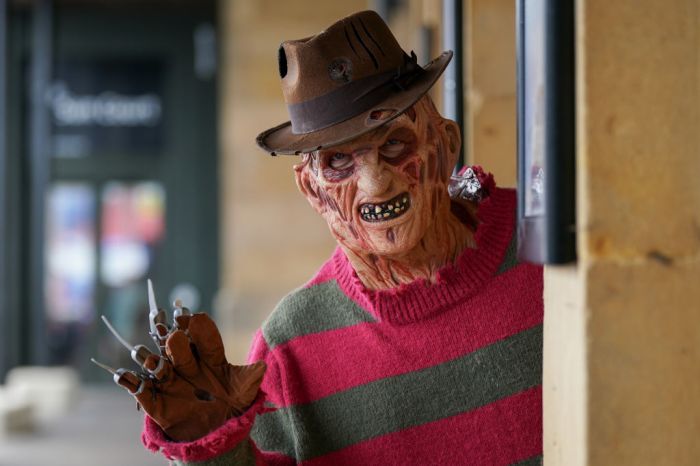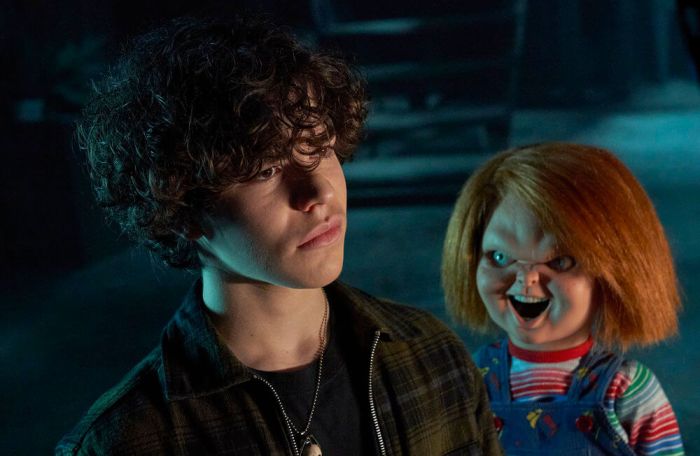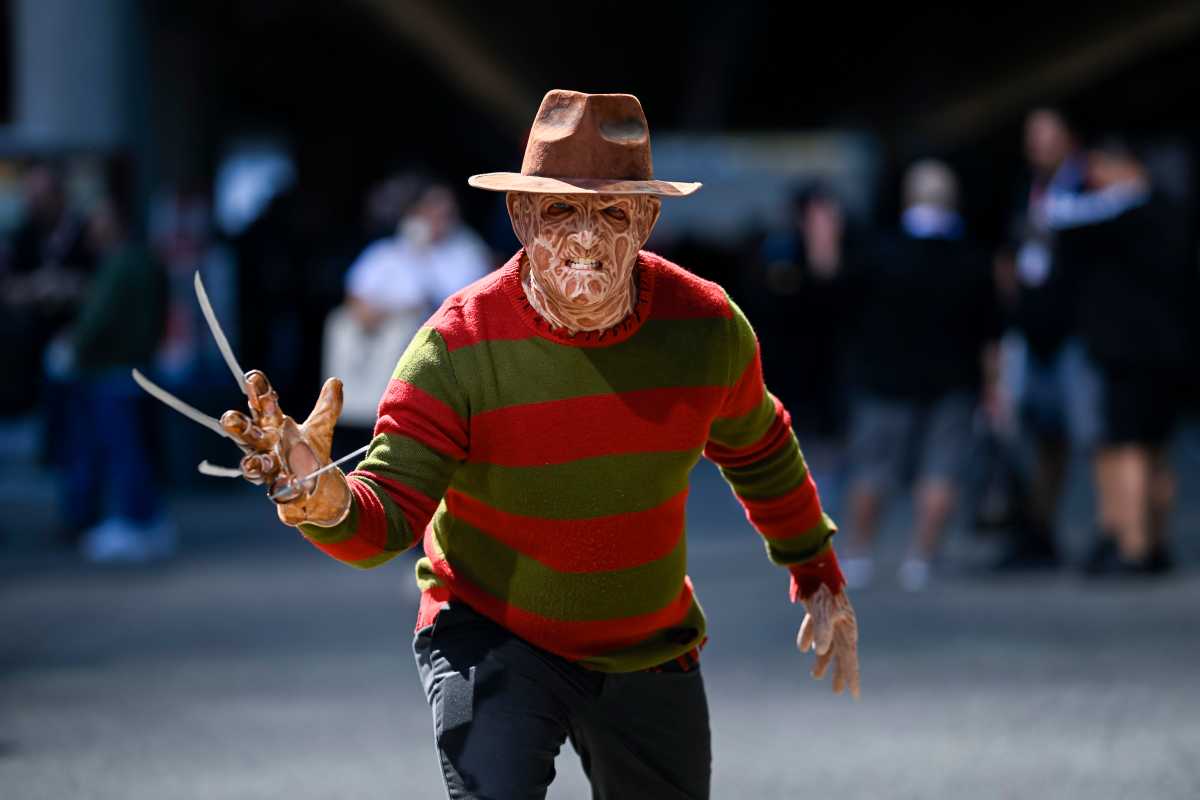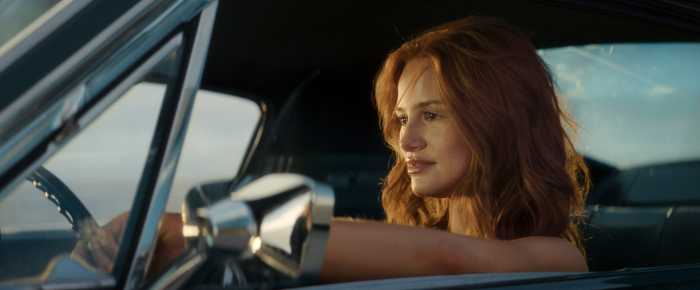Movie monsters have captivated audiences since the days of early cinema. They evoke fascination and terror, allowing audiences to confront their fears from the safety of the movie theatre or living room.
Arguably one of the most enduring and captivating of these monsters is Freddy Krueger, the villain of the ‘A Nightmare on Elm Street’ series who celebrates his 40th screen birthday this November.
Memorably played by Robert Englund, Freddy quickly became a cultural icon of the 1980s and 1990s. Beyond his burned face and iconic bladed glove, Freddy’s dark humor and acidic personality set him apart from other silent, faceless killers of the era, such as Michael Myers in ‘Halloween’ or Jason Vorhees in ‘Friday the 13th’.
Written and directed by horror maven Wes Craven, 1984’s ‘A Nightmare on Elm Street’ garnered positive reviews for its innovative concept: Freddy stalked and attacked his victims in their dreams, making him inescapable and allowing him to tap into their deepest fears. The series (seven films plus a 2010 remake and ‘Freddy vs. Jason’ spin offs) blended supernatural horror and surrealism with a dark and twisted sense of humor.
Scary … but funny

Humor was key to Freddy’s “popularity”. Both sinister and strangely charismatic, Freddy’s psychological torture of his adolescent victims often oscillated between terrifying and amusing.
A famous kill scene from 1987’s ‘A Nightmare on Elm Street 3: Dream Warriors’ demonstrates this paradox.
Aspiring actress Jennifer drifts off to sleep while watching a talk show on TV. In her dream, the host of the talk show suddenly transforms into Freddy, who attacks his guest before the TV blinks out. When Jennifer timidly approaches the TV set, Freddy’s head and clawed hands emerge from the device, snatching her while delivering an iconic one-liner: “This is it, Jennifer – your big break in TV!”
Freddy turns his victims’ fears or aspirations – their dreams – against them.
Cultural repression, expressed on film
Film critic and essayist Robin Wood argued horror films often bring to the surface elements society has repressed. These fears, desires, or cultural taboos are not openly acknowledged.
But movie monsters act as manifestations of what society suppresses, such as sexuality, violence or deviant behavior. American academic Gary Heba argues Freddy is, “an example of America’s political unconscious violently unleashed upon itself, manifesting everything that is unspeakable and repressed in the master narrative (perversion, child abuse and murder, vigilantism, the breakdown of rationality, order, and the family, among others), but still always present in the collective unconscious of the dominant culture.”
Monster decades

The 1970s and 1980s marked a golden era for the creation of horror film nasties like Krueger, Myers, The Texas Chainsaw Massacre’s Leatherface and killer doll Chucky.
Since then, the landscape of horror has shifted, with fewer singular monsters emerging. The diversification of horror sub-genres (zombie virus horror, anyone?), the rise of psychological horror (‘Hereditary’), and an emphasis on human-driven terror (‘Wolf Creek’) or supernatural forces all contribute to this shift.
While modern horror continues to thrive, few characters have achieved the same iconic status as Freddy – although some would argue Art the Clown from the recent ‘Terrifier’ franchise and the reinvigorated Pennywise from ‘IT’ could join this exclusive group.
However, the legacy of ‘A Nightmare on Elm Street’ remains strong, having influenced numerous filmmakers with its skillful mix of surrealism and slasher horror.




























